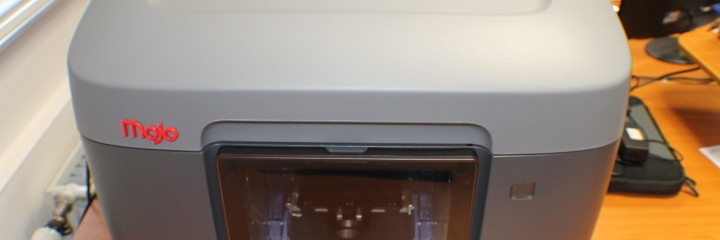A very basic 3D printing primer

Don’t have the foggiest when it comes to 3D printing? Read our primer to find out a bit more…
Basics
- 3D printing allows us to construct three-dimensional objects by using automated machines
- The model material (think of this as the ‘ink’ of 3D printing) depend on the printer. Most systems will use some form of plastic, including bioplastics. It is also possible to print more “exotic” materials such as ceramics and metal!
- Some models will require supports when being printed. Supports can be made of the build material or a dedicated support material. These supports are removed afterwards, leaving the intended material
- Before printing, one has to get a 3D model. There are plenty of models available online that can be used for printing. If you need something bespoke then it will have to be created, normally from a CAD package
- It’s one big step towards the replicators in Star Trek…
Benefits
- Can print unique objects without high tooling costs (can be upwards of £10,000). Perfect for a customised present
- If you decide to opt for tooling, you can create prototypes and have a high certainty that your design will work. This can save you a lot of time, effort and pain in the long run
- For some applications, 3D printing can be used for low volume production
- Especially useful for producing hard to find replacement parts. A 3D scanner can help with this!
- (Generally) low turnaround times. You can create, print and check your model within hours. This drastically cuts down on development time
Disadvantages
- The unit price of a print can be fairly high. The price can depend on the complexity of the model, how long the model takes to print and the materials used. 3D printers are not going to replace factories any time in the near future
- Typically, 3D printed models are not stronger than moulded plastic parts. And for goodness sake, don’t even think about making firearms with a 3D printer
- Due to manufacturing methods, 3D printing should not be used in food design products. The iterative layering process used to print models used in most printers can harbour bacteria that can’t be (easily) removed
If you’re interested in using our 3D printing services, then please get in touch!
Have we missed anything on our primer? Want more information on 3D printing? Then let us know.